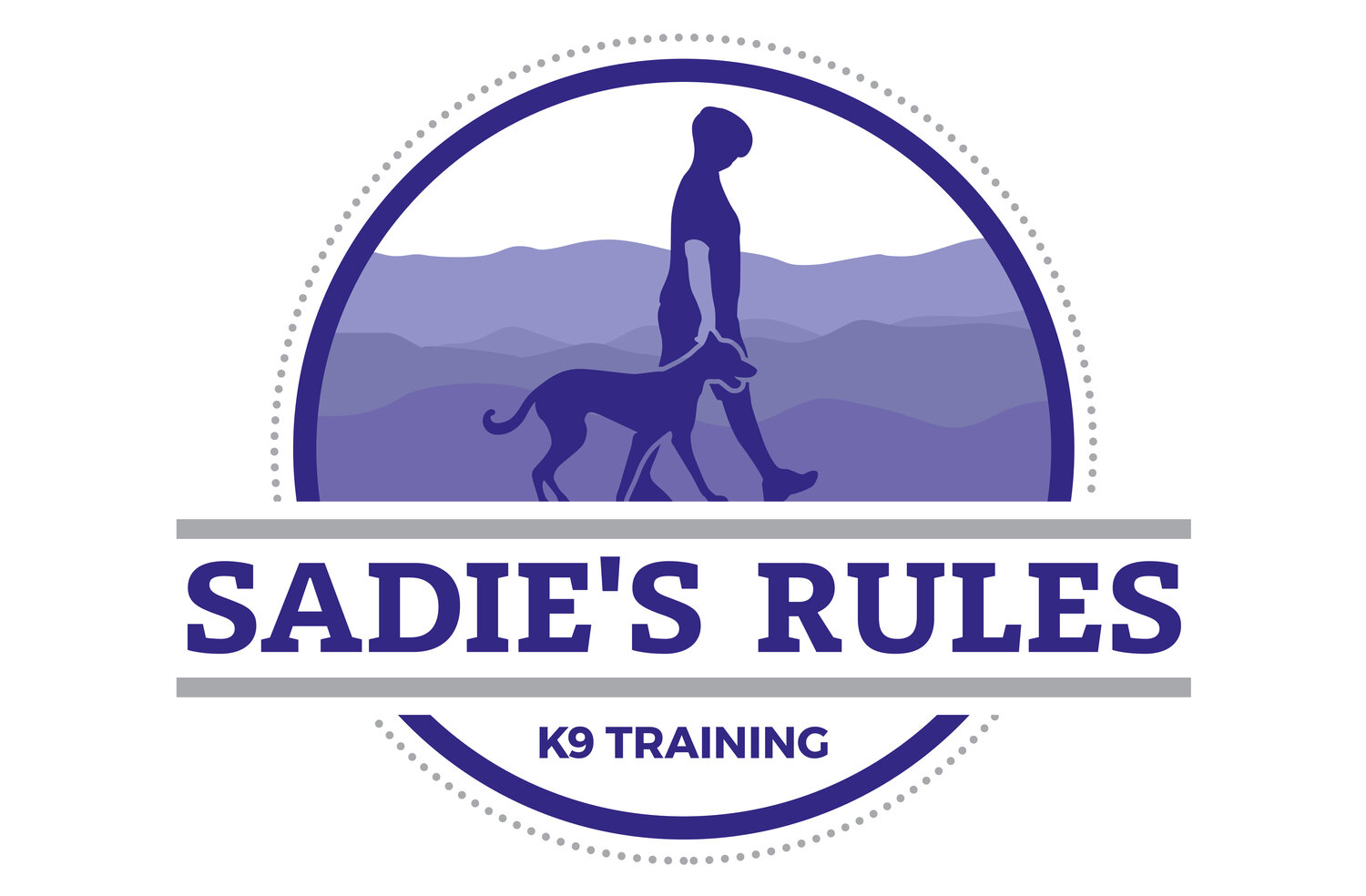Every now and then someone asks me if they really need to get a fence for their dog. Let’s talk about that.
If fence = no, then training = yes
To fence or not to fence—that is the question.
You do not need to invest in a fence, but if you don’t, then you will need to invest in dog training. You can hire a dog trainer or you can DIY it. If you hire a professional trainer, look for a dog trainer in your area who specializes in off-leash training with the e-collar. The e-collar allows you to communicate with your dog even when they’re not on a leash. If you don’t have a fence then you need a rock solid recall (the “come” command) even when distractions are present. Dogs aren’t robots though, so there will inevitably be moments when you need to remind them and/or hold them accountable, and that’s where the e-collar comes in handy. I strongly recommend the E-collar Technologies Mini Educator because it has up to 100 levels. This dramatic range in levels allows you to use the e-collar primarily for basic low-level communication, but it still has those life-saving higher levels. The range is important.
DIY dog training
If you’re going to DIY it, there are plenty of YouTube tutorials on how to e-collar train your dog—everything from how to fit the e-collar properly, to how to find your dog’s working level, to how to start training using the e-collar, and plenty more. You’ll want to make sure you’re doing more than just teaching commands, but also developing a leader-follower relationship with your dog. The relationship piece is important because if your dog is going to be off leash anywhere, backyard or otherwise, she needs to prioritize your directions. If your dog is in the habit of blowing you off and/or paying attention to you only when you’re actively training, that’s not going to magically change when you let her off leash. This is something you change intentionally by changing your relationship with your dog. One exercise that practices the leader-follower relationship is the structured walk. A structured walk is an on-leash walk in the heel position where the dog is in “follower mode” and you are leading. The structured walk will help you meet your dog’s exercise needs until she’s ready to be off-leash, and it gives you a daily opportunity to practice your leader-follower relationship.
Use a long line
Whether you are training your dog yourself or hiring a professional dog trainer, you’ll need to use a long line until your dog’s training is complete and their recall is reliable. Long lines range from 10’ to 100’. I recommend a size that allows your dog to wander without you having to wander with her, if possible. You can also tie the long line to a tree or another sturdy structure, but be careful never to leave a tied-up dog unsupervised.
What about the invisible fence?
As with anything, the electronic/invisible fence has its pros and cons. If you’re going to get one, I recommend having it professionally installed (versus buying and installing it yourself). The installation technicians are also experienced in teaching dogs how to learn the boundaries of the fence, which is the factor that determines whether the fence is a success or a failure. Do not leave your dog to figure it out on their own! This is wildly unrealistic, not to mention unfair. Once your dog understands the boundaries of the invisible fence it can be a great alternative to a physical fence. However, if you get an invisible fence, you still need to train your dog. While the invisible fence keeps your dog in, it doesn’t keep anything else out. A dog, cat, squirrel, deer, child, etc. can easily wander into your yard and create a situation where you need a bomb-proof recall. The invisible fence is not a substitute for training.
In summary, you don’t need to get a physical fence if you don’t want one, but you will need to train your dog. If you’re not ready, willing, and able to train your dog and stick with the training over the long haul, then you’re better off getting a physical fence.

